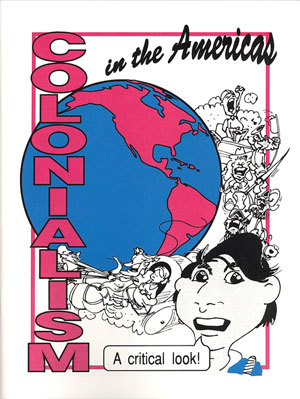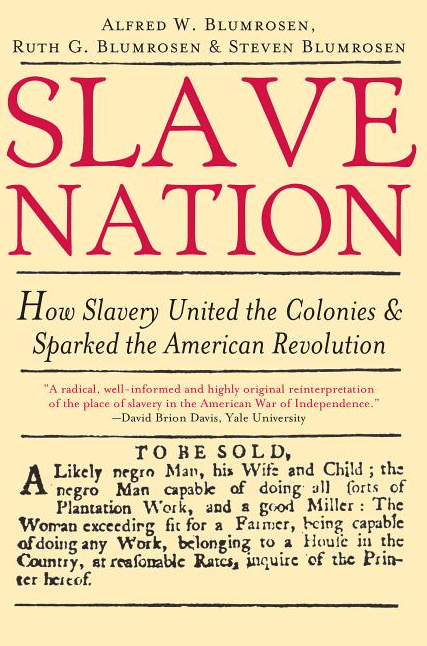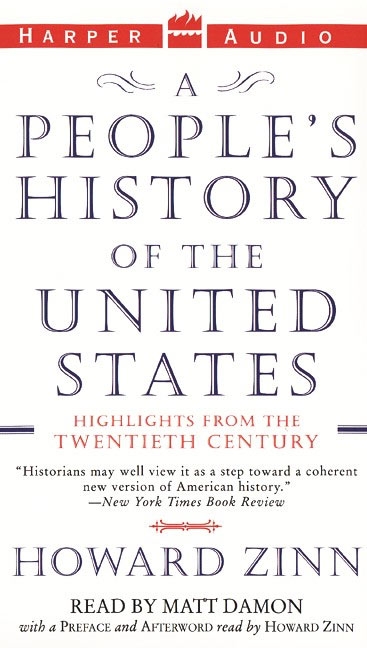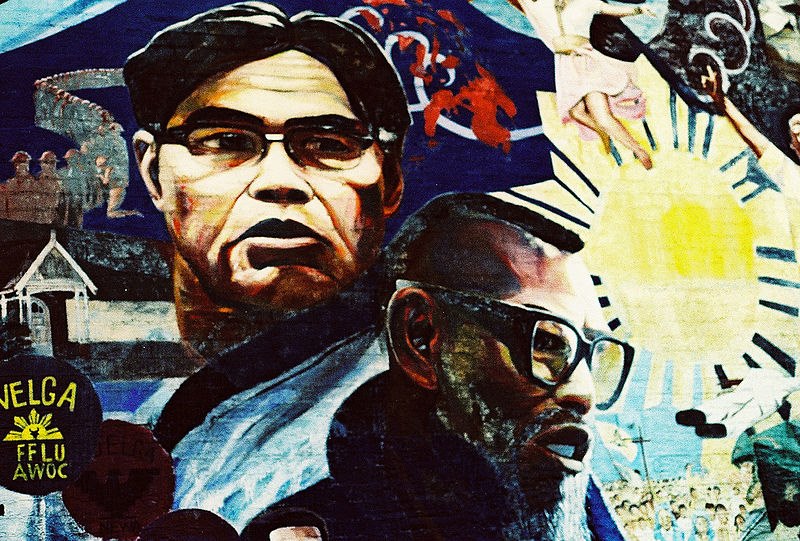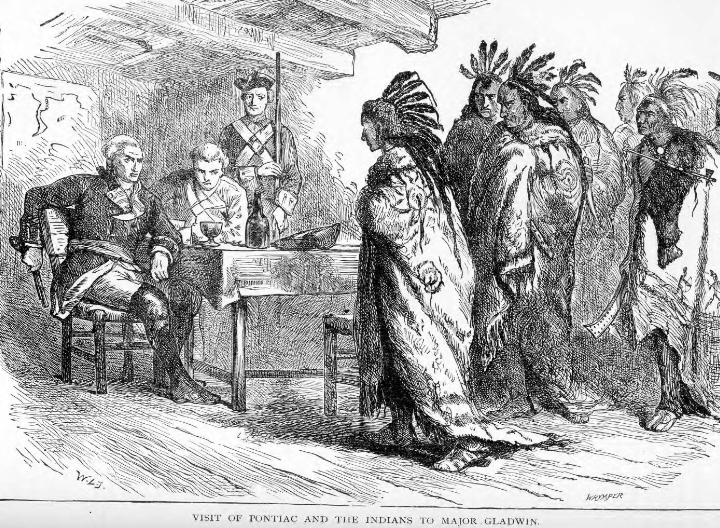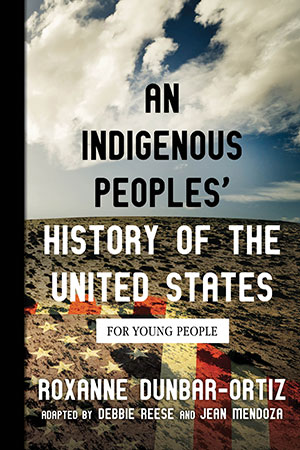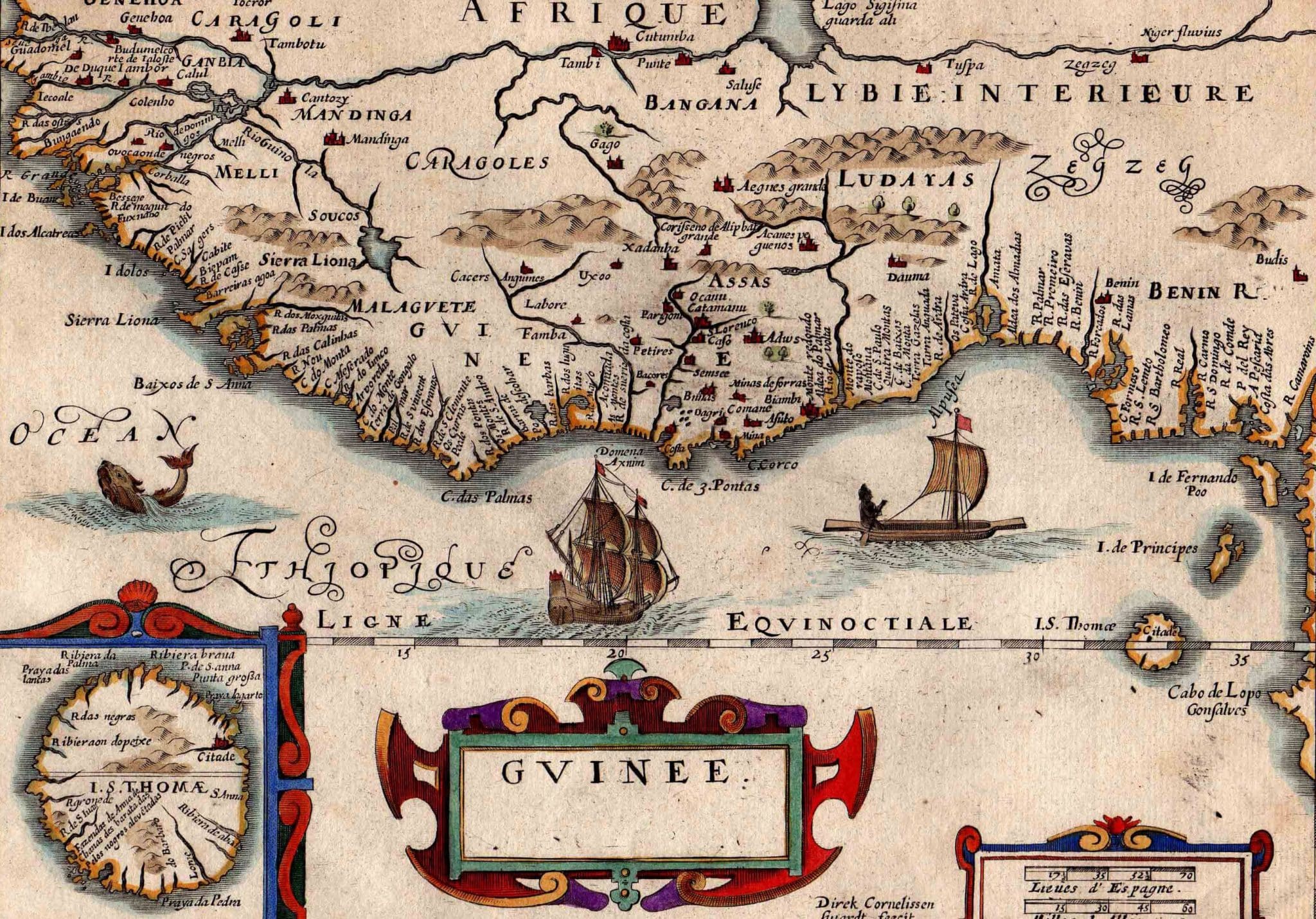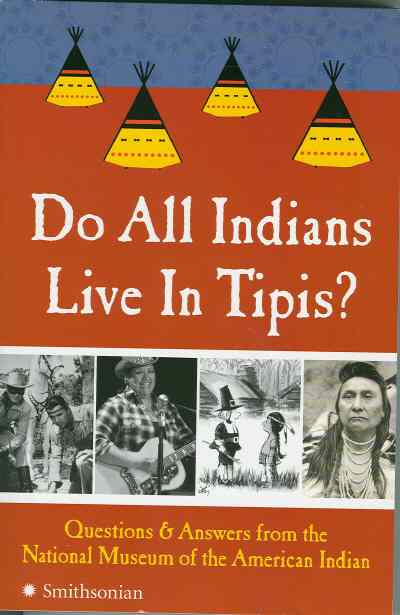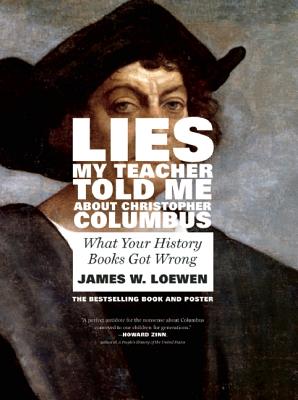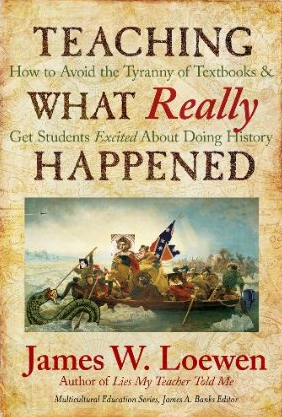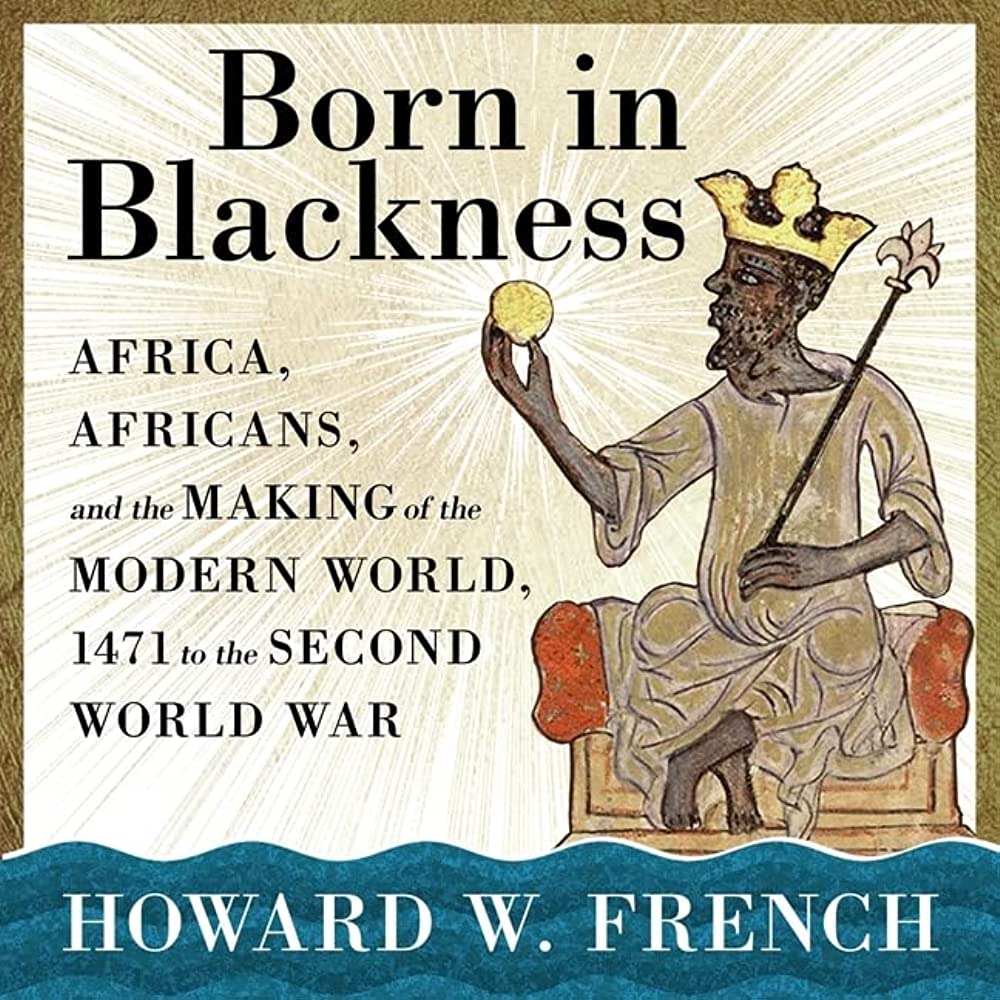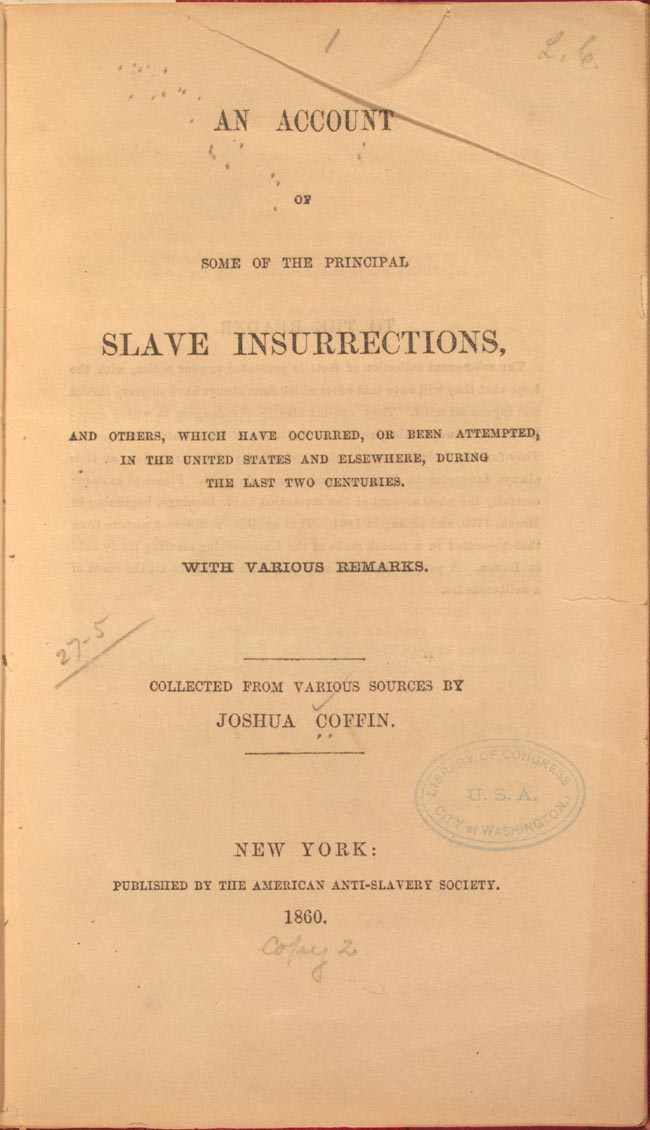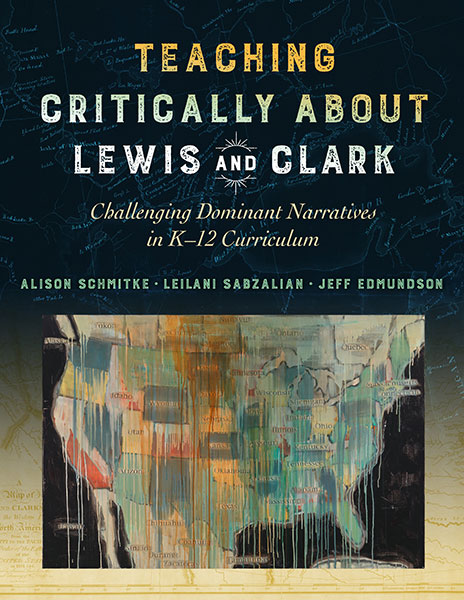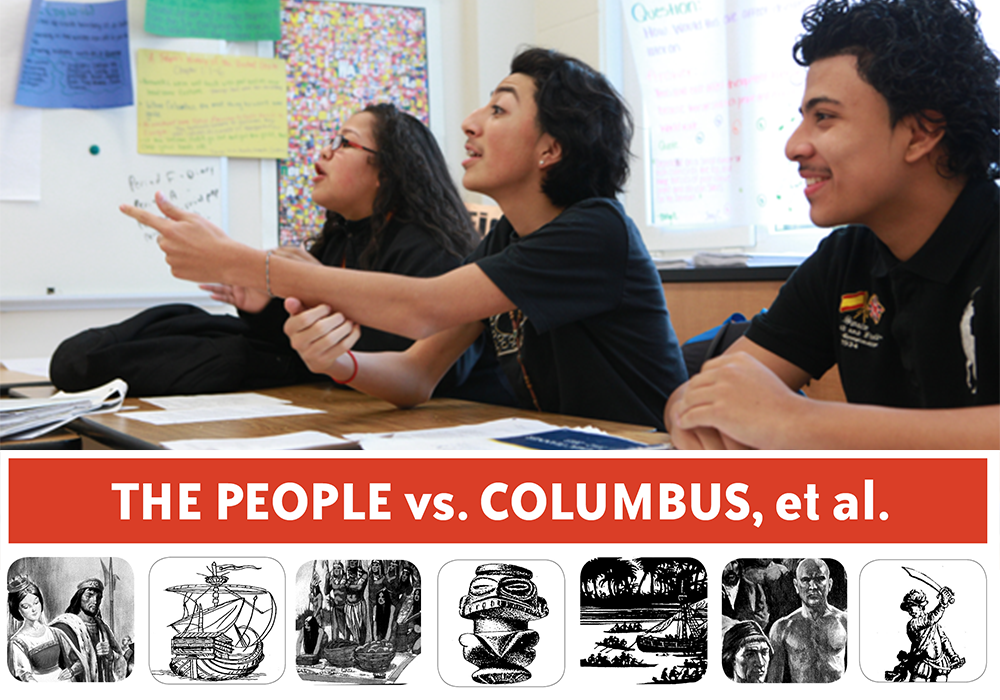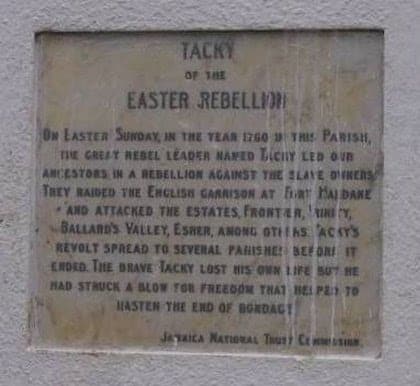Book — Non-fiction. By Susan Gage. 1991. 51 pages.
Graphic/comic book tackles history of colonialism in the Americas.
Continue reading
Book — Non-fiction. By Alfred Blumrosen and Ruth Blumrosen. 2006. 304 pages.
A detailed account of the role slavery played in the Revolutionary War and the writing of the U.S. Constitution.
Continue reading
Audio. By Howard Zinn. Read by Matt Damon. 2003. 8 hours, 44 minutes.
Audio book version of excerpted highlights from A People's History of the United States.
Continue reading
Film clip. Voices of a People's History.
Dramatic reading of Bartolome de las Casas' "Devastation of the Indies: A Brief Account" (1542) by John Sayles, Viggo Mortensen, and Staceyann Chin.
Continue reading
In early Colonial Virginia, Elizabeth Key became the first woman of African descent in the North American colonies to sue for her freedom and win.
Continue reading
Filipino American History Month is celebrated in the United States during the month of October.
Continue reading
Fighting alongside Odawa Chief Pontiac, the unified Native warriors defeated 250 British soldiers during their siege at Fort Detroit during Pontiac’s War.
Continue reading
Book — Non-fiction. By Roxanne Dunbar-Ortiz; adapted by Debbie Reese and Jean Mendoza. 2019. 244 pages.
The original academic text is fully adapted by renowned curriculum experts Debbie Reese and Jean Mendoza, for middle-grade and young adult readers.
Continue reading
Approximately ninety-six Africans held captive on the British slave ship Little George revolted against the ship’s captain and crew, eventually taking control of the entire ship.
Continue reading
Book — Non-fiction. By National Museum of the American Indian. 2007. 256 pages.
Introduction to Native American history and contemporary culture.
Continue reading
Audio CD. By Howard Zinn. 2011. 60 minutes.
Recorded in Madison, Wisconsin on October 9, 1991, Howard Zinn challenges the myths of the Columbus legend.
Continue reading
Poster and booklet. By James W. Loewen. 2006; updated 2014.
Graphic corrective to the traditional textbook narratives about Columbus.
Continue reading
Teaching Guide. By James W. Loewen. 2010. 264 pages.
A wealth of ideas on how to rethink the teaching of U.S. history.
Continue reading
Book — Non-fiction. By Howard W. French. 2021. 521 pages.
This sweeping history reveals a long-concealed history of trivialization and, more often, elision in depictions of African history throughout the last five hundred years.
Continue reading
Enslaved people on a Santo Domingo sugar plantation owned by the son of Christopher Columbus attempted to free themselves and take over the land in the earliest recorded slave uprising in the Americas.
Continue reading
Book — Non-fiction. By Alison Schmitke, Leilani Sabzalian, Jeff Edmundson. 2020. 216 pages.
This much-needed guide unpacks the colonial narrative that dominates most mainstream histories of the Corps of Discovery expedition.
Continue reading
Passed in response to the Stono Rebellion, this law made it illegal to teach enslaved people to read or write, aiming to prevent further insurrections.
Continue reading
Book — Non-fiction. By Peter Linebaugh and Marcus Rediker. 2013. 448 pages.
A sweeping history of the role of the dispossessed in the making of the modern world.
Continue reading
Picture book. By Traci Sorell, and illustrated by Frane Lessac. 2021. 40 pages.
Twelve Native American kids present historical and contemporary laws, policies, struggles, and victories in Native life.
Continue reading
Book — Historical fiction. By Marcus Rediker and David Lester, with Paul Buhle. 2024. 176 pages.
This book imagines outlaw fugitive John Gwin and an eclectic crew of renegades as they attempt to disrupt and overthrow the colonial social order.
Continue reading
A purported conspiracy of the enslaved in New York City led to multiple fires and arsons followed by mass jailings, trials, and eventual executions of many involved.
Continue reading
Teaching Activity. By Bill Bigelow with contributions from members of the Taíno Community. Rethinking Schools. 13 pages.
A trial role play asks students to determine who is responsible for the death of millions of Taínos on the island of Hispaniola in the late 15th century.
Continue reading
Inspired by the First Maroon War, a group of enslaved Ghanaian rebels in Jamaica sought to overthrow the British colonialists and create an independent Black nation on the island.
Continue reading

